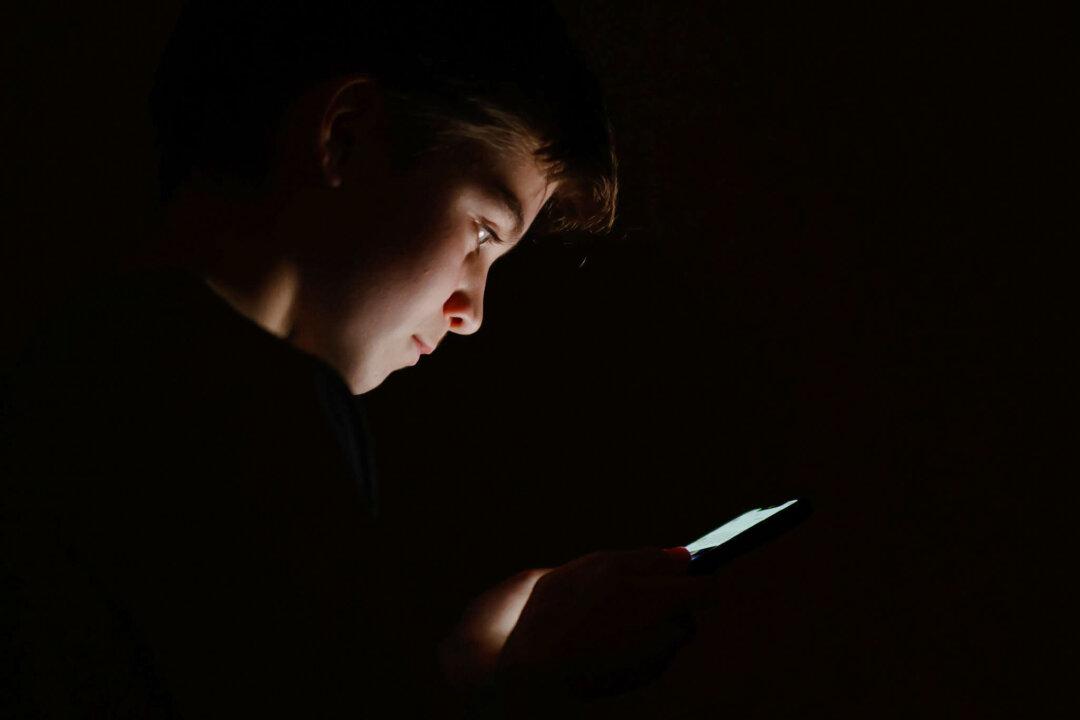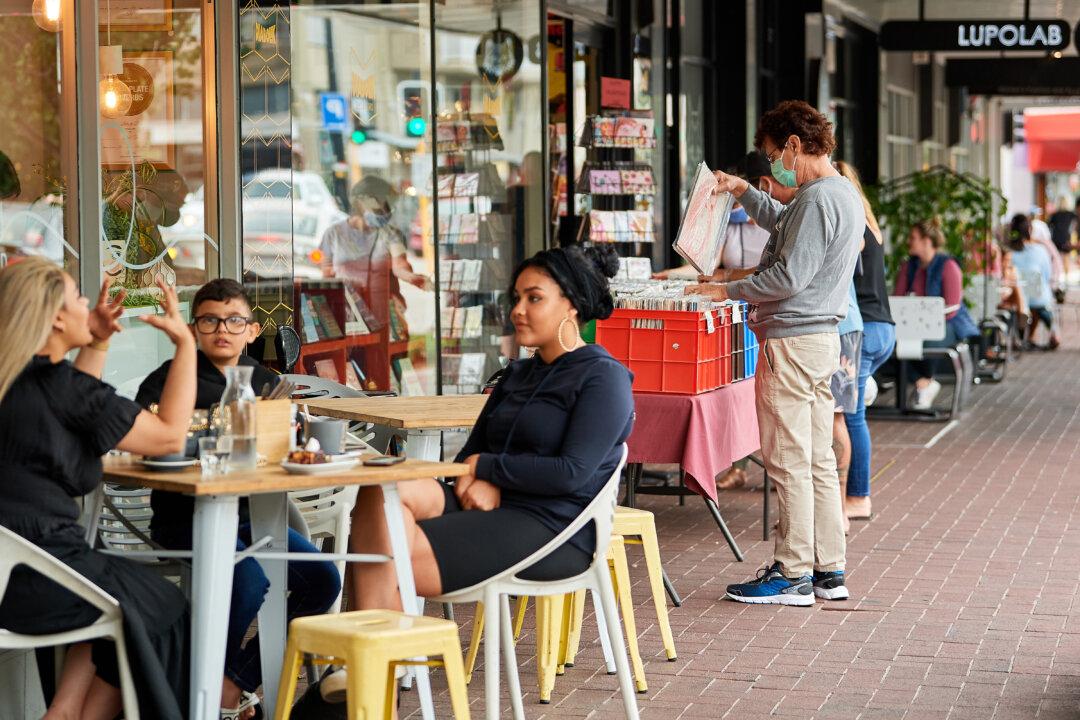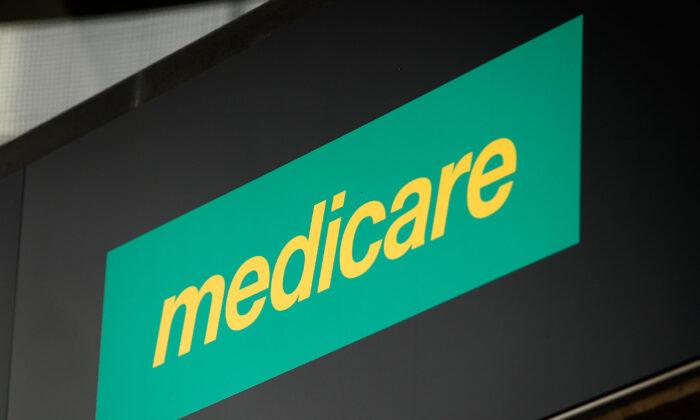The widespread accessibility of online pornography is unintentionally exposing young Australians to harmful content, leading to urgent calls for stronger regulation, age verification, and better education.
Over the past two weeks, organisations such as eSafety Commission, The University of New South Wales (UNSW), and Headspace, an organisation dedicated to youth mental well-being, have submitted their findings to a parliamentary inquiry into the harmful effects of online pornography on young people.
They reveal that early exposure to pornography can distort perceptions of consent, relationships, and body image while contributing to harmful sexual behaviours in children.
With evidence linking frequent pornography consumption to child sex offences and the normalisation of child exploitation, findings advocate for a multi-faceted approach, including age verification, stricter enforcement against child abuse-related content, and inclusive sex education.
Strengthening Age Verification and Platform Accountability
eSafety, Australia’s authority on online safety, stressed the critical need for stronger age verification systems to protect children from inappropriate material.It notes, “Stronger regulation is necessary, but it must be coupled with effective, age-appropriate education that teaches consent and healthy relationships from a young age.”
However, age assurance alone isn’t enough. As the eSafety office points out, “It must be paired with better platform design and content regulation to truly safeguard young users.”
In addition to tighter verification, eSafety recommends robust sex and relationship education in schools.
This education should address the damaging effects of pornography, promote critical thinking, and empower young people to challenge harmful narratives about sexuality, consent, and relationships often perpetuated by pornography.
However, privacy concerns around online age verification has been the subject of debate.
There are concerns over collection of data, how it’s stored, and potential misuse, such as tracking users’ browsing habits. Common methods like ID scanning and facial recognition pose risks, including hacking, biometric data leaks, and algorithmic bias.
Controlling Access to Pornographic Content
UNSW has echoed these concerns, emphasising that access to adult pornography must be controlled to prevent early exposure.UNSW’s submission notes that without firm legal safeguards, such as blocking access to pornography sites for children, young people remain vulnerable to explicit content.
Alongside age verification, UNSW advocates for more rigorous enforcement of Australian laws against child sexual abuse material.
Mental Health Risks and Support for Youth
The mental health impact of pornography exposure cannot be underestimated.“The exposure to pornography at a young age distorts perceptions of consent, body image, and sexual behaviour, leading to unrealistic and unhealthy expectations,” said UNSW’s submission.
Headspace calls for a shift in how pornography is addressed in society, recommending open, non-judgemental discussions that focus on educating young people about respectful relationships, consent, and intimacy.
It suggests empowering young people with the ability to critically evaluate what they see online to foster healthier attitudes toward sex and relationships.
“Pornography can serve as a confusing and harmful model for relationships and intimacy, creating a disconnect between expectations and real-life experiences.”
Studies show that sexually diverse young people are more likely to use pornography for sexual exploration, yet they face the added risk of internalising damaging stereotypes.
Tech Companies’ Responsibility in Protecting Young Users
As the internet becomes an omnipresent part of young people’s lives, technology companies are facing growing scrutiny.eSafety urges platforms to take responsibility for the content they host, ensuring that recommender systems do not lead vulnerable users toward increasingly graphic and extreme content.
A Collaborative Approach to Ensuring Safety
The recommendations from these organisations all point to a critical need for a multi-faceted approach, one that goes beyond legal regulation and focuses on the well-being of young Australians.Headspace recommends “a collaborative approach between government, schools, and technology platforms to ensure young people receive the support and guidance they need to navigate online spaces safely.”
As online pornography continues to infiltrate the digital world, experts agree that immediate action must be taken to protect young people from its harmful effects.
Experts are hopeful that a coordinated effort from government, educational institutions, parents, and tech companies, is still an opportunity to reduce long-term harm and foster a safer, healthier digital experience for young Australians.







